RESTAURANT INTERIOR DESIGN
Best Restaurant Interior Design Company In Bangladesh
Built In Studio stands as the foremost restaurant interior design company in Bangladesh, known for its exceptional expertise and innovation in crafting captivating dining spaces. With a dedicated team of experienced designers and a portfolio showcasing a diverse range of restaurant projects, Built In Studio consistently delivers remarkable interior designs that blend functionality, aesthetics, and a deep understanding of the culinary experience. Their commitment to creating inviting and immersive restaurant environments has earned them a reputation as the best in the industry
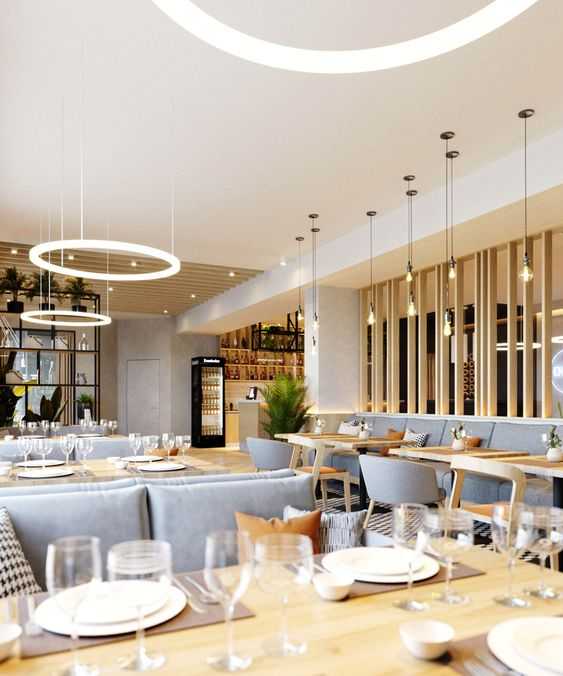
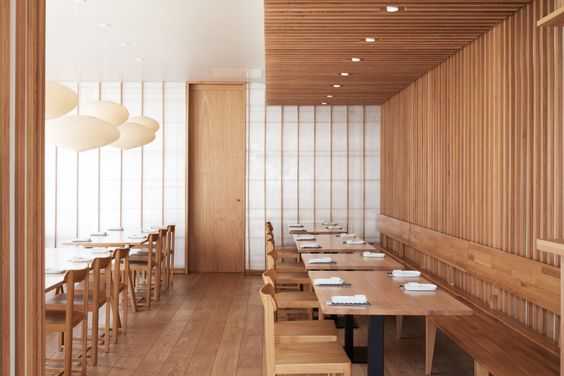
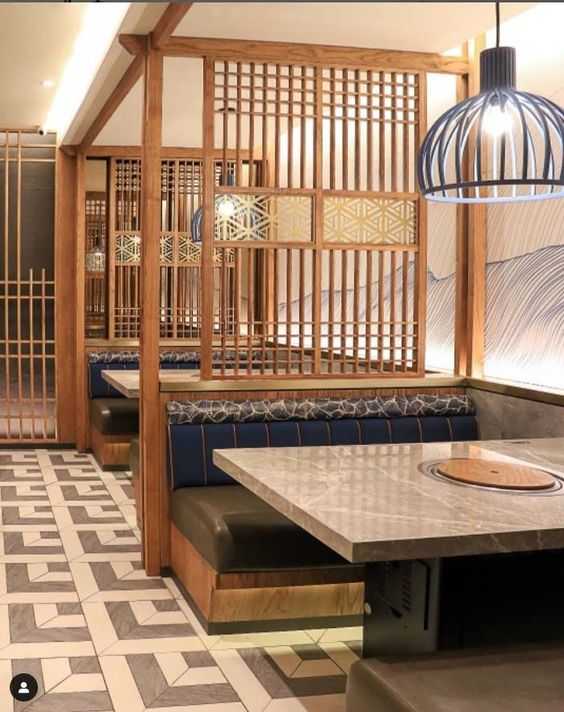
OUR WORKING PROCESS:
Initial Design Concept: We begin by collaborating closely with you to understand your vision, style, and specific requirements. This initial stage is crucial in laying the foundation for the design concept that will be developed.
Design Improvement (2D Plan and 3D Imaging): Once we have a clear understanding of your preferences, our expert team of designers will work diligently to create detailed 2D plans and 3D visualizations. These renderings allow you to visualize the proposed design and make informed decisions.
Materials Selection: We guide you through the process of selecting materials, colors, textures, and finishes that align with your vision and budget. Our extensive knowledge of materials ensures that your design is not only aesthetically pleasing but also functional and durable.
Project Implementation: With your approval of the design and materials, we move forward with the project’s implementation phase. Our well-organized team manages every aspect of the project, from procurement to construction and installation, ensuring a seamless and efficient process.
Areas Of Restaurant Interior Design:
Restaurant interior design involves creating an ambiance and layout that enhances the dining experience and complements the cuisine offered. Here are key areas of focus in restaurant interior design:
Dining Area: The central dining area is where patrons enjoy their meals. Design considerations include table and chair selection, table settings, and the overall layout to maximize seating capacity while maintaining comfort and flow.
Seating Arrangements: Designers choose seating styles based on the restaurant’s concept, whether it’s booth seating, banquettes, bar stools, or traditional tables and chairs. Seating arrangements should match the desired atmosphere, such as intimate, communal, or formal.
Lighting Design: Proper lighting is essential to create the right ambiance. Designers use a mix of ambient, task, and accent lighting to set the mood. Chandeliers, pendant lights, and wall sconces are common choices.
Color Palette: The choice of colors plays a crucial role in restaurant design. It should align with the brand and concept, creating a cohesive and inviting atmosphere.
Furniture Selection: Furniture should be functional, comfortable, and in harmony with the restaurant’s style. Materials, upholstery, and finishes should be durable and easy to clean.
Decor and Artwork: Decor elements, such as wall art, sculptures, or decorative objects, contribute to the overall theme and ambiance of the restaurant.
Flooring: Flooring materials, whether hardwood, tile, carpet, or concrete, should be selected for both aesthetics and practicality. Consideration is given to wear and tear and ease of maintenance.
Bar Design: For restaurants with bars, the bar area’s design is crucial. It involves selecting barstools, shelving, and creating an inviting atmosphere for patrons to enjoy drinks and socialize.
Kitchen Design: While not part of the dining area, the kitchen’s layout and design are essential to ensure efficient workflow and safety for the kitchen staff.
Restrooms: Restroom design is an often-overlooked but critical aspect of restaurant interiors. They should be clean, well-maintained, and in harmony with the overall design theme.
Outdoor Dining: If the restaurant offers outdoor seating, designers may need to create an outdoor dining area, complete with weather-resistant furniture, lighting, and landscaping.
Signage and Branding: Interior designers may incorporate branding elements, such as logos and signage, into the restaurant’s design to reinforce the restaurant’s identity.
Acoustics: Controlling sound and noise levels is important to create a comfortable dining environment. Acoustic materials and design strategies may be employed to manage sound.
Accessibility: The design should ensure accessibility for all patrons, including those with disabilities. This includes wheelchair accessibility and accessible seating.
Ventilation and Climate Control: Adequate ventilation and climate control systems are crucial for the comfort of diners.
Sound and Music: Selection of background music and sound systems can affect the overall dining experience. Designers may consider sound zoning to control audio levels in different areas.
Restaurant interior design is a balance between aesthetics, functionality, and the overall dining experience. The design should align with the restaurant’s concept and target audience while creating an inviting and memorable atmosphere for diners.
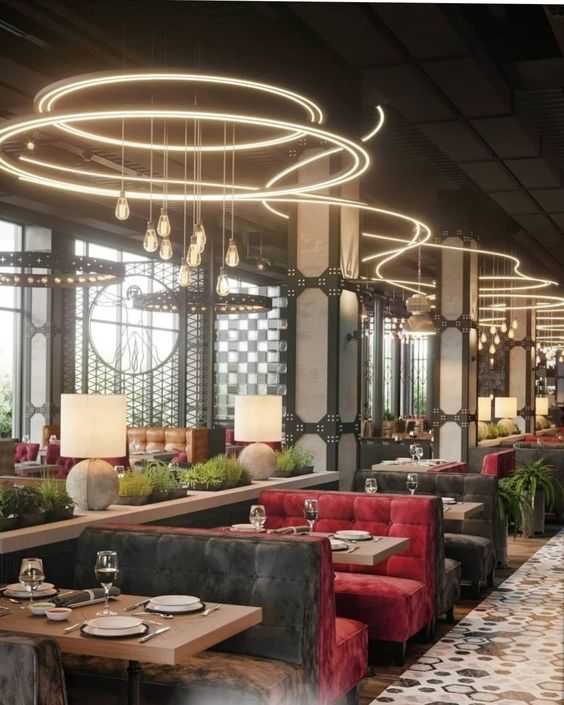
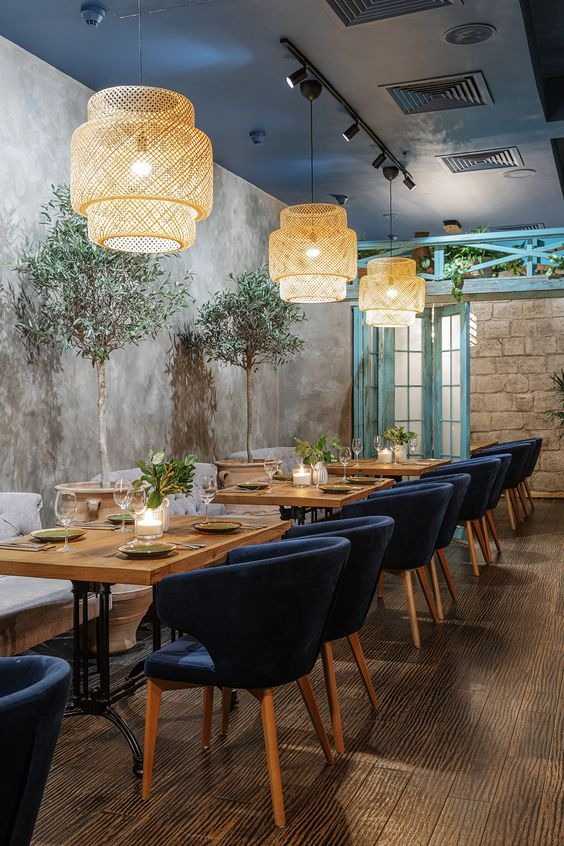
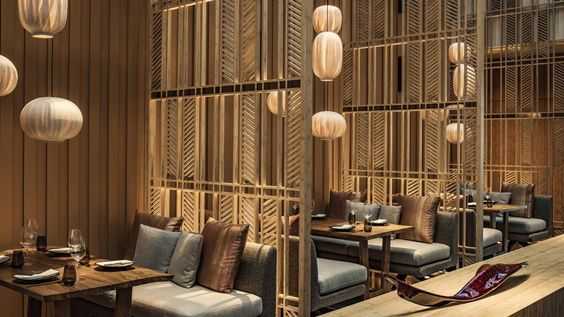
Restaurant Interior Design Costs In Bangladesh
The cost of restaurant interior design in Bangladesh, as in any other location, can vary significantly depending on various factors. The complexity of the design, the size of the restaurant, the choice of materials, the location, and the specific requirements of the project all play a role in determining the cost. Additionally, the reputation and experience of the interior design firm you choose will also influence the price. Here are some general guidelines to consider:
Size of the Restaurant: The size of the restaurant is a significant factor in determining the cost. Larger restaurants will generally have higher design and construction costs due to the greater amount of space that needs to be designed and decorated.
Scope of Work: The scope of work for the interior design project can vary widely. If the project includes a complete redesign of the restaurant, including layout changes, custom fixtures, and extensive branding elements, it will be more expensive than a simple refresh or update.
Materials and Finishes: The choice of materials and finishes can have a significant impact on the cost. High-end materials, custom fixtures, and unique finishes will increase the overall cost, while more budget-friendly options can help manage expenses.
Design Complexity: The complexity of the design concept can also affect costs. Elaborate and intricate design concepts that require custom carpentry, decorative elements, and unique lighting designs will be more expensive.
Branding Elements: If the restaurant design includes extensive branding elements, such as custom signage, logo integration, and specialized displays, these can add to the overall cost.
Lighting Design: Proper lighting design is crucial for restaurant ambiance. The cost of lighting fixtures and installation can vary depending on the design requirements.
Furniture and Fixtures: The choice of furniture and fixtures, such as seating, tables, and bar equipment, will impact the cost. Custom-made furniture tends to be more expensive than off-the-shelf options.
Location: The location of the restaurant can also influence costs. Design and construction costs may vary in different cities or regions within Bangladesh.
Project Management: If you require project management services to oversee the construction and implementation of the design, this will add to the cost.
Timeline: The timeline for completing the project can affect the cost. Rushed projects may incur additional fees.
